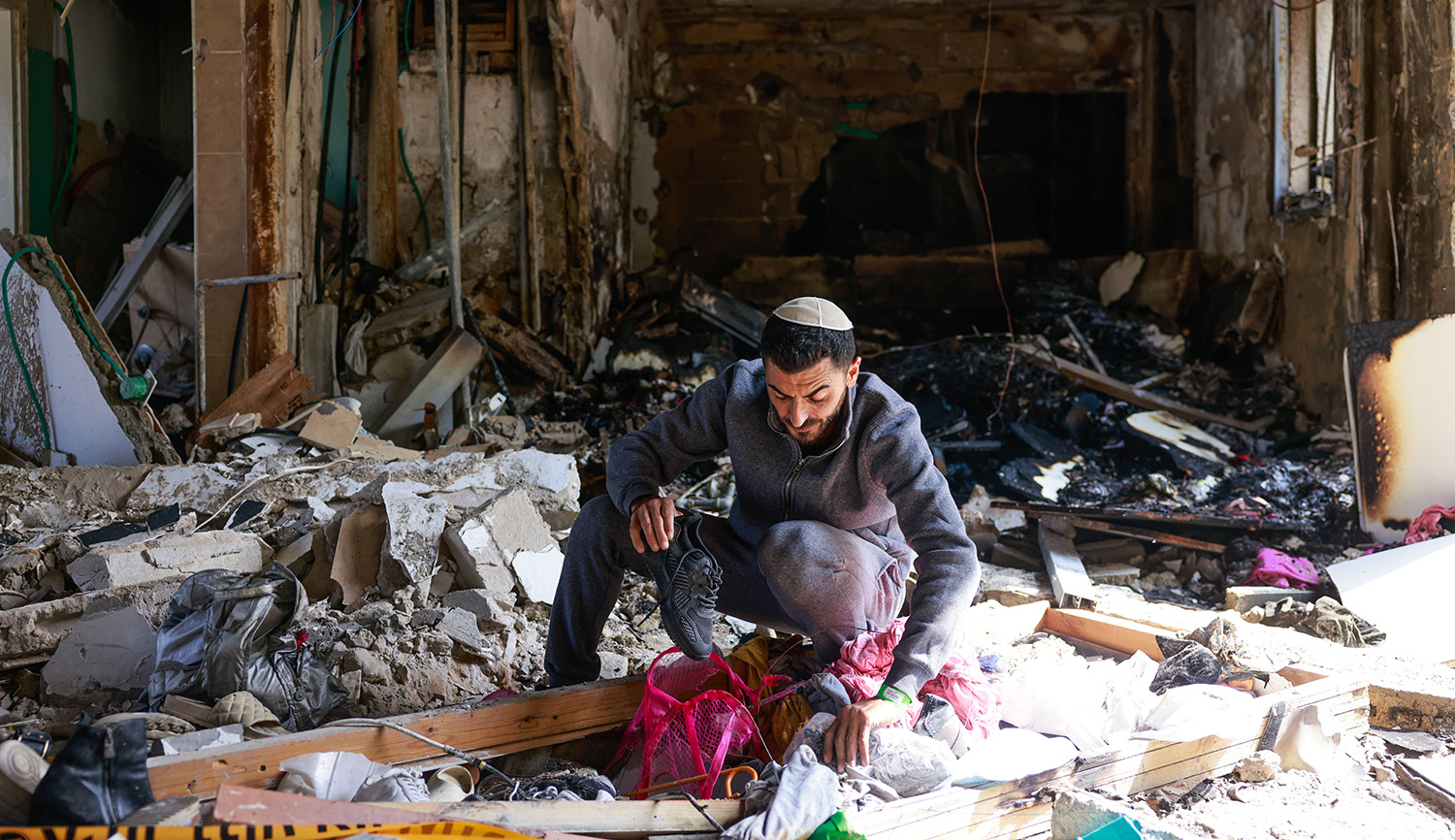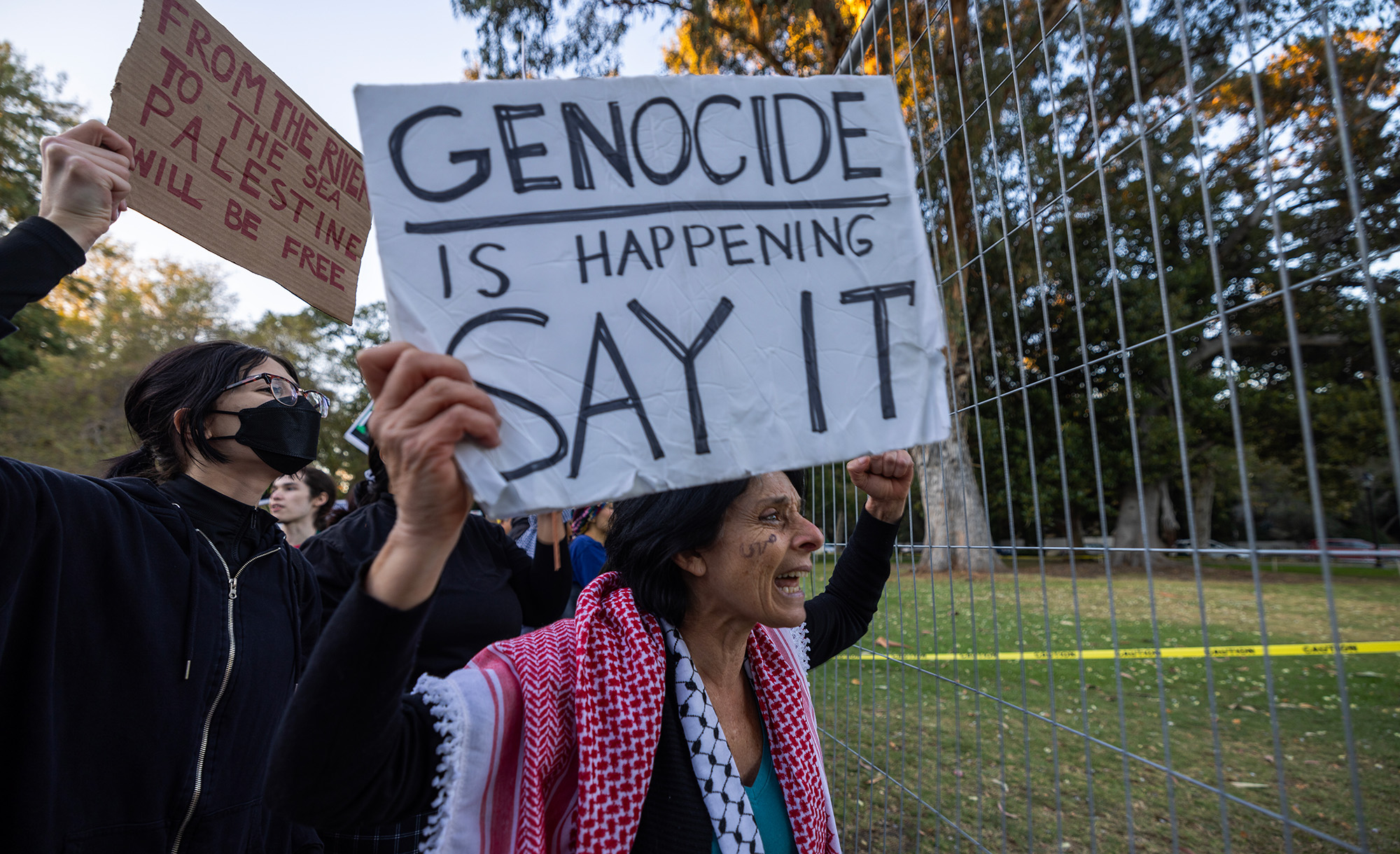In a four–part series, Yosef Lindell traces the history of Jewish liturgy, from the biblical phrases and motifs that were later used by the authors of prayers, to the first rabbinic accounts of formal prayer, to the evolution of Ashkenazi, Sephardi, and other variant liturgies, to modern changes to these texts. He writes:
Despite their differences, these diverse [liturgical traditions] are probably at least 90-percent the same. This is in part due to the seder—or siddur—of Rabbi Amram Gaon. . . . .When asked by the Jews of Spain to document the order of the prayers and their laws, Amram Gaon (the 9th-century head of the yeshiva of Sura in Mesopotamia) produced a text that influenced nearly every siddur used today.
Amram’s siddur is remarkably similar to ours. [Yet it] did not erase or override the customs of existing communities but instead fused with them. For example, the Jews in Spain never adopted the siddur wholesale, but rather edited it to conform to their own customs. For this reason, it’s impossible to know which words Amram actually wrote. We have no original manuscript of the siddur, only living versions filtered through the traditions of its users.
In 1486, the Soncino family in Italy printed the first siddur. Printing revolutionized the prayerbook. The prayers, which were initially the expertise of those who could memorize them and then the domain of those who had access to handwritten manuscripts, became available to all. A congregation of worshippers could participate more fully than ever before, not just passively listen to the ḥazan and recite a few refrains.
Printing standardized the siddur, and at the same time contributed to the spread of new prayers. The new prayers of the kabbalists could not have gained such widespread acceptance without the help of the printing press. The power of print also led to the rapid acceptance of other prayers of murkier origins.
More about: Jewish history, Prayer, Prayer books


